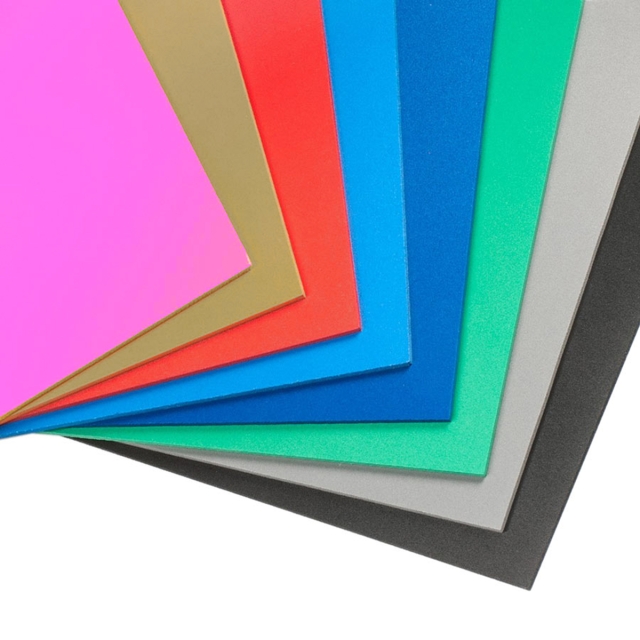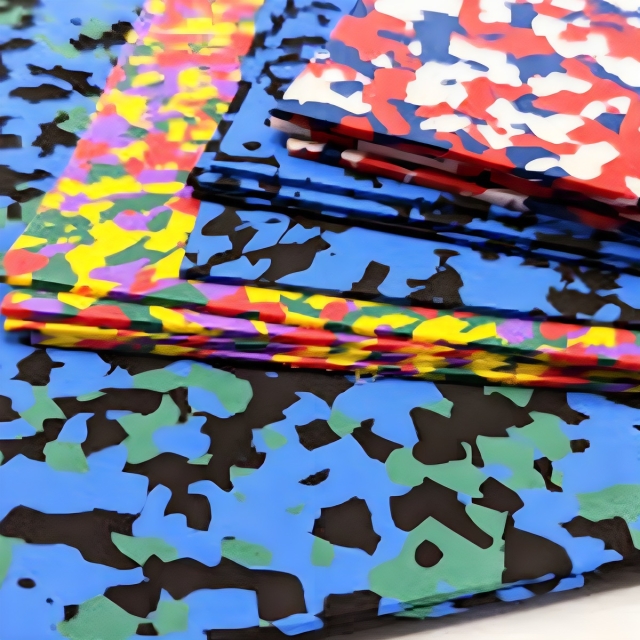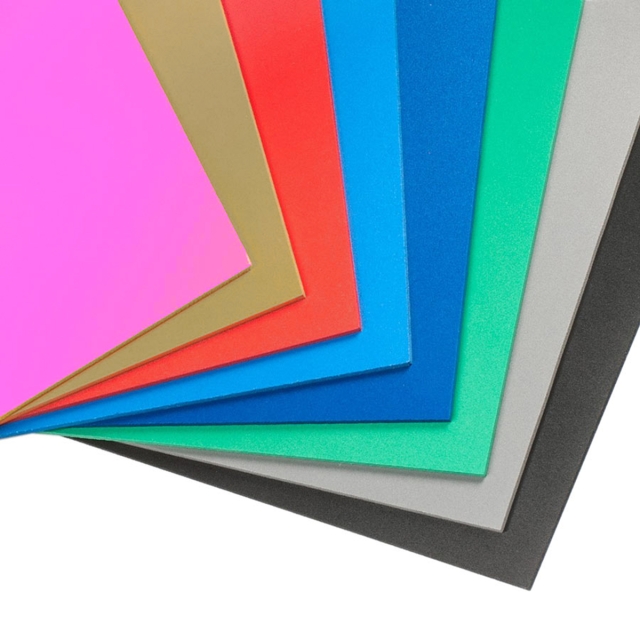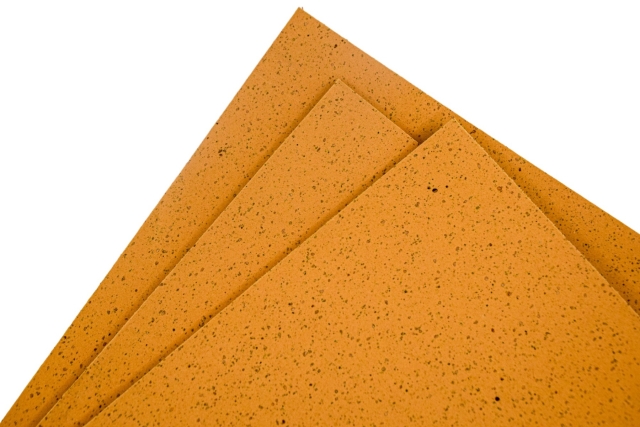Boat building and repair techniques using EVA foams
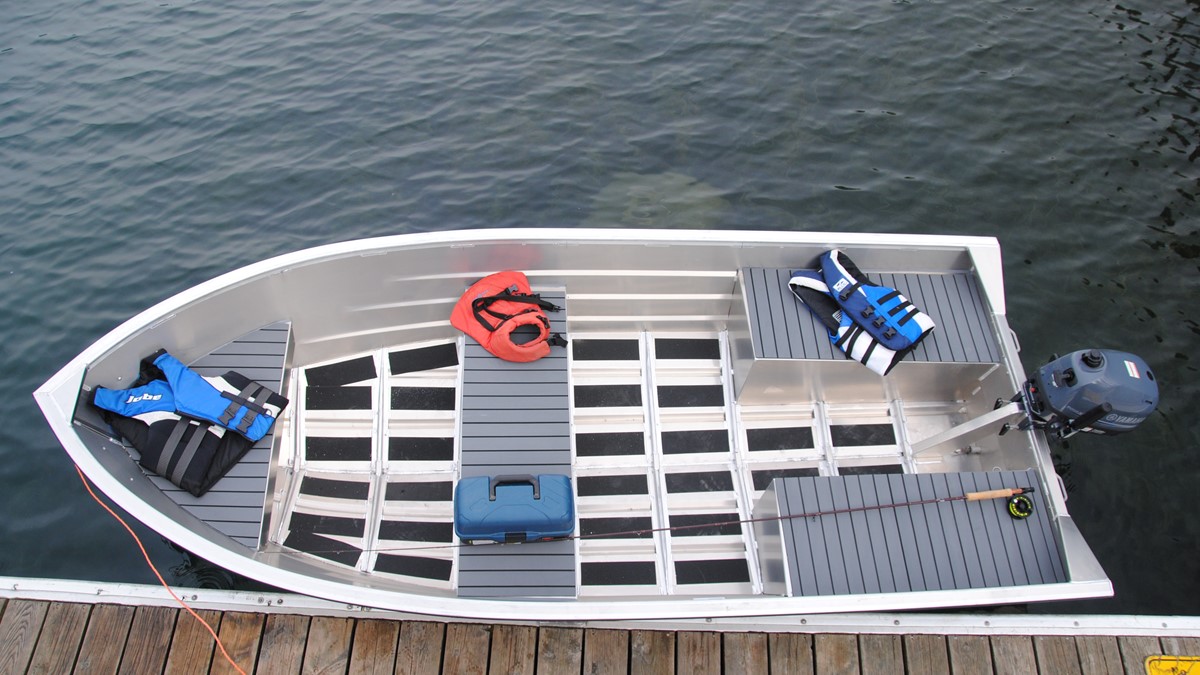
Welcome aboard! In this blog we will explore the world of boat building and repairs with EVA (Ethylene-Vinyl Acetate). EVA has become increasingly popular as a preferred material for boat construction and repairs due to the numerous advantages from its durability and versatility to its comfort safety, aesthetics, low maintenance and environmental friendliness.
Boats are constantly exposed to harsh marine environments, including saltwater, sunlight, and weather conditions. EVA is highly durable and can withstand these challenging conditions without deteriorating. It is resistant to water, UV rays, and chemicals, making it ideal for boat components that are constantly exposed to the elements.
This material can be easily shaped, cut, and molded to fit different boat designs and components. It can be used for a wide range of applications, such as boat decks, swim platforms, cockpit floors, interior trims, and non-slip surfaces. Its flexibility and adaptability make it a popular choice for boat builders and repair professionals alike, EVA can be easily customized to suit your boat’s specific needs.
Working with EVA: tools and techniques
EVA for boat building is really easy to use with simple tools and techniques, you can cut, shape and bond the material to fit your boat components. Its lightweight nature makes it easy to handle and install, reducing the labor and installation costs. Even if you’re new to boat building or repairs, EVA is a user-friendly material that allows for straightforward hassle-free installation. Boat aesthetics play a significant role in the overall appearance of a vessel, and EVA offers plenty of options in this regard.
EVA Foam comes in a wide range of colours, textures and patterns which allows customization and creativity in boat designs. You can create visually appealing boat components using EVA that enhance the overall appearance of your boat and add a touch of style and personalisation to make it unique. EVA requires minimal maintenance, making a cost-effective option for boat owners as it is easy to clean with just soap and water, and it does not require regular sealing or painting like some other materials used in boat construction.
Non-toxic and Recyclable
EVA is considered to be an environmentally friendly material as it is non-toxic, recyclable, and does not release harmful substances into the environment. Choosing EVA for your boat construction or repair projects aligns with sustainable practices and helps reduce the environmental impact.
Tooling and cutting
There are must-have tools and techniques for successfully working with EVA, whether you’re building a boat deck, swim platform, cockpit floor, or other boat consumers. One of the essential tools for working with EVA is a sharp cutting tool, a utility knife or a box cutter with a sharp blade is ideal for precise or clean curs. You can easily score the EVA sheet with the blade and then snap it along the scored line for a clean break. Alternatively, a fine-toothed saw can also be used for cutting through thicker EVA sheets or for curved cuts. A heat gun is a valuable tool when working with EVA, especially for shaping and molding the material.
Heating EVA foam
By applying heat to the EVA sheet, you can soften it and make it more pliable for shaping around corners or edges. The heat gun will allow you to achieve precise bends and contours in the EVA sheet to fit your boat components perfectly. Be sure to use the heat gun with care, following manufacturer’s instructions and wearing appropriate protective gear.
Bonding EVA foam
Choosing the right adhesive is crucial for bonding EVA for various boat surfaces. EVA-compatible adhesives, such as EVA foam adhesives or marine-grade adhesive, are recommended for optimal results. These adhesives are formulated to provide strong and durable bonds on EVA, ensuring that your boat components stay in place even under harsh marine conditions.
Proper surface preparation is essential for achieving a successful bond with the EVA so make sure the surfaces are clean, dry and free from any debris, grease, or contaminants. Sanding the surfaces slightly with fine-grit sandpaper can also help improve the adhesion by creating a rough surface for the adhesive to grip onto it. Before applying the adhesive and permanently bonding the EVA to the boat surface, it’s crucial to do a test fit and make any necessary adjustments. Lay the EVA sheet over the boat component and check for proper fit and alignment. If needed, trim or shape the EVA sheet further to ensure a snug fit.
Once this EVA is bonded to the boat surface, you can add finishing touches to improve the aesthetics and functionality to the boat components. Use a knife to trim any access EVA along the edges or corners for a clean and professional look.



